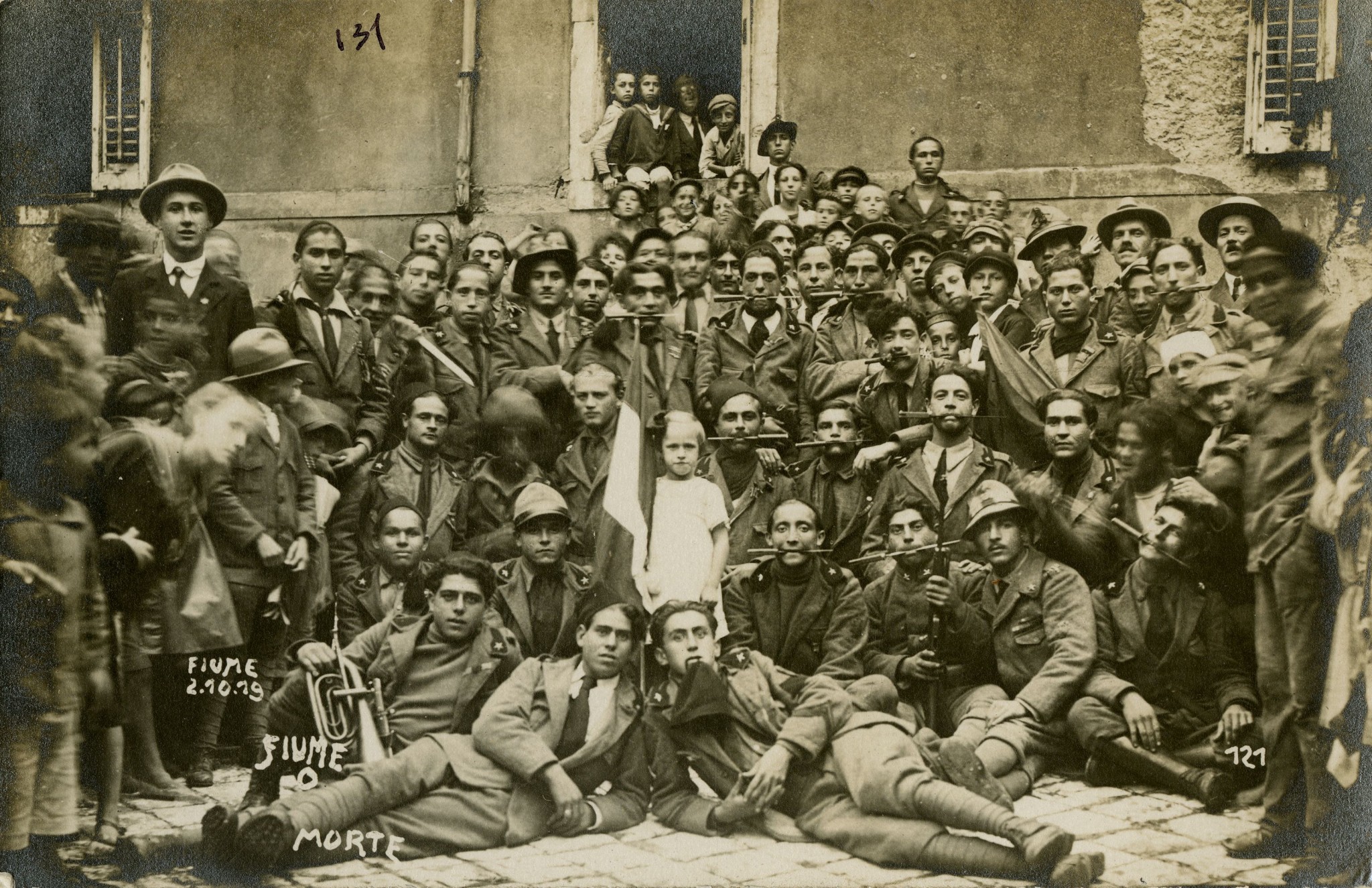Gabriele D’Annunzio, the controversial Italian military commander and precursor to fascist ideology, occupied Rijeka with his paramilitary forces on 12 September 1919 and wilfully proclaimed the city a part of the Kingdom of Italy.
D’Annunzio was invited to arrive and stay in Rijeka by the local irredentists, who advocated the right to proclaim Rijeka an Italian city. This soon proved severely detrimental to the cultural and economic stability of Rijeka at the time. All of a sudden, an exceptionally multi-ethnic city denied rights to anyone who did not identify as Italian or opposed the idea of a uniformly Italian Rijeka. Croats were particularly targeted by D’Annunzio’s paramilitary forces in Rijeka.
The D’Annunzio’s Martyr exhibition at the Maritime and History Museum of the Croatian Littoral Rijeka provides a unique view of his time in Rijeka from the perspective of women who lived in Rijeka at the time, those who came there from Italy with or following D’Annunzio and those who were his lovers.

Girl with D’Annunzio’s Arditi in Rijeka
Rijeka is also examined as a female figure in certain works by futuristic artists, such as Marinetti, Carra and Buzzio. The accompanying iconography also includes reproductions of caricatures from the then published satirical Croatian magazine Koprive (“Nettles”) that depict Rijeka, Italy and the former Yugoslavia as women. In this exhibition, Rijeka is personified as a female martyr, in the same vein that the Italian futurists used the image of a woman to portray Rijeka at the time.
The exhibition is held at the White Salon, which was damaged during combat between the regular Italian army and D’Annunzio’s forces on the so-called Bloody Christmas of 1920. The damaged area of the White Salon is also included in the exhibition.
In Italy at the time, fascism paved the way for imperialism, which nearly destroyed the entire nation.
